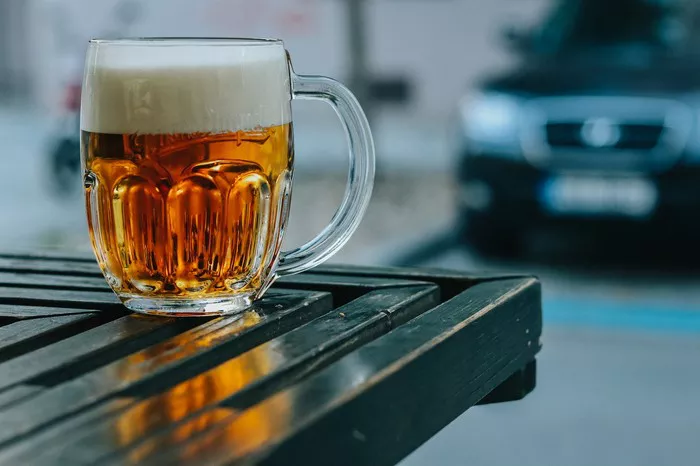In the ever-evolving world of beer crafting, the allure of Czech lager has captivated brewers and enthusiasts alike. Whether you’re aiming to perfect your rendition of this iconic brew or seeking to unlock the enigmatic qualities that make it seemingly impossible to put down, there are key elements that demand your attention.
As the brewing landscape in North America witnesses a resurgence of interest in a diverse array of lagers, it’s not uncommon to turn to the Czech Republic for inspiration. However, delving into the world of Czech lager reveals a tapestry of complexity and nuance that continues to offer valuable lessons to those who explore it.
The notion that crafting Czech lager is as simple as incorporating Saaz hops and selecting a yeast strain labeled as “Bohemian” is quickly dispelled upon closer examination. Indeed, the intricacies of Czech lager production may begin to resemble an intricate puzzle or a delicate house of cards, where every piece must fit harmoniously. There’s a profound reason for this meticulous approach: Czech brewers have spent generations perfecting their art, relentlessly endeavoring to outdo one another in crafting beers that cater to the local palate in abundance.
While the American craft brewing scene often gravitates towards pushing the boundaries of flavor and character, Czech brewers have maintained their dedication to producing a brew that compels people to reach for another. The pursuit of brewing a Czech lager is, at its core, a journey towards creating a beer that simply demands to be consumed.
If your aspiration is to brew a lager that carries a distinctive character of your choosing, you have the liberty to pick and choose the components that align with your vision. However, if authenticity in capturing the Czech spirit is your ultimate goal, omitting any of the critical elements may lead you down a different path, far removed from the essence of Czech lager itself.


